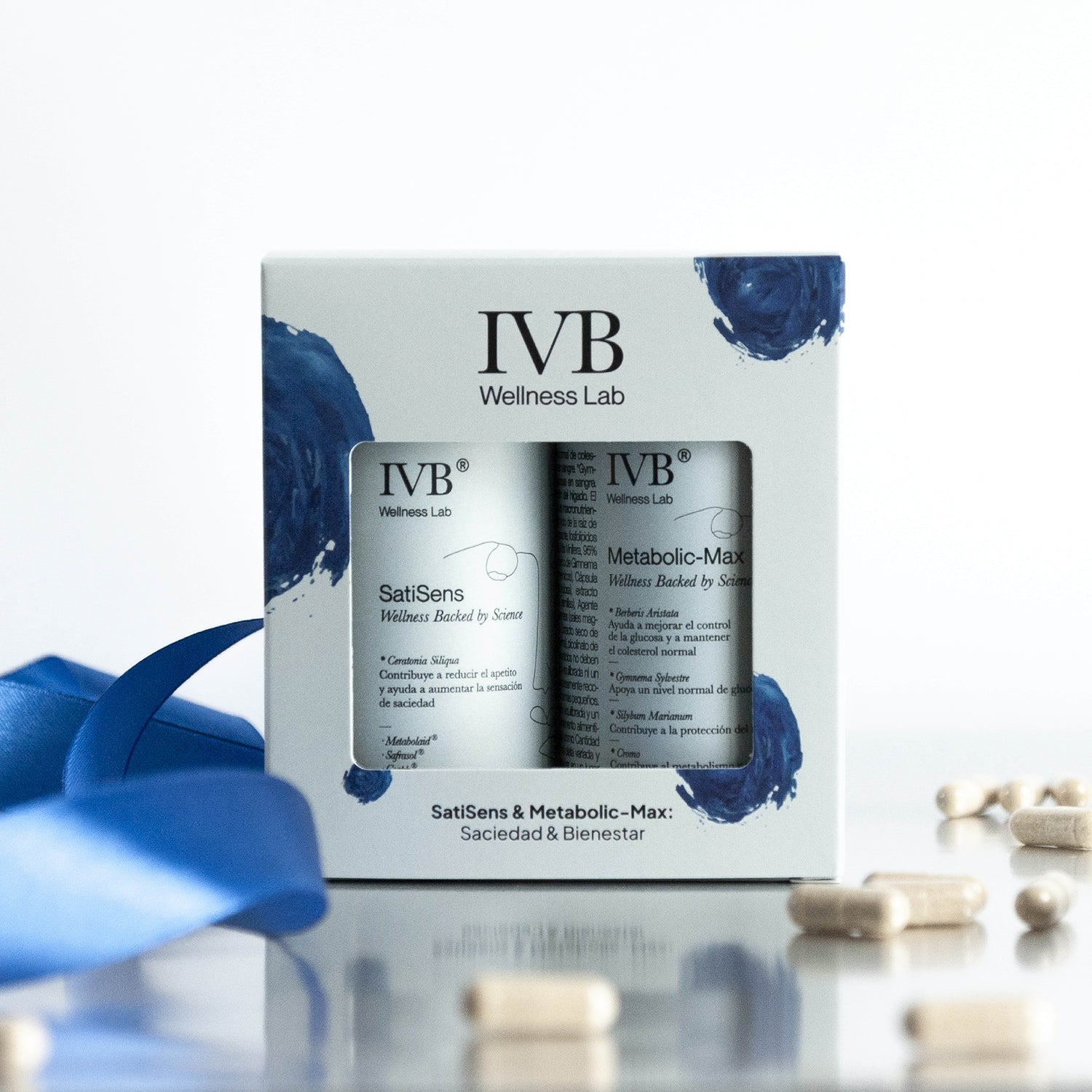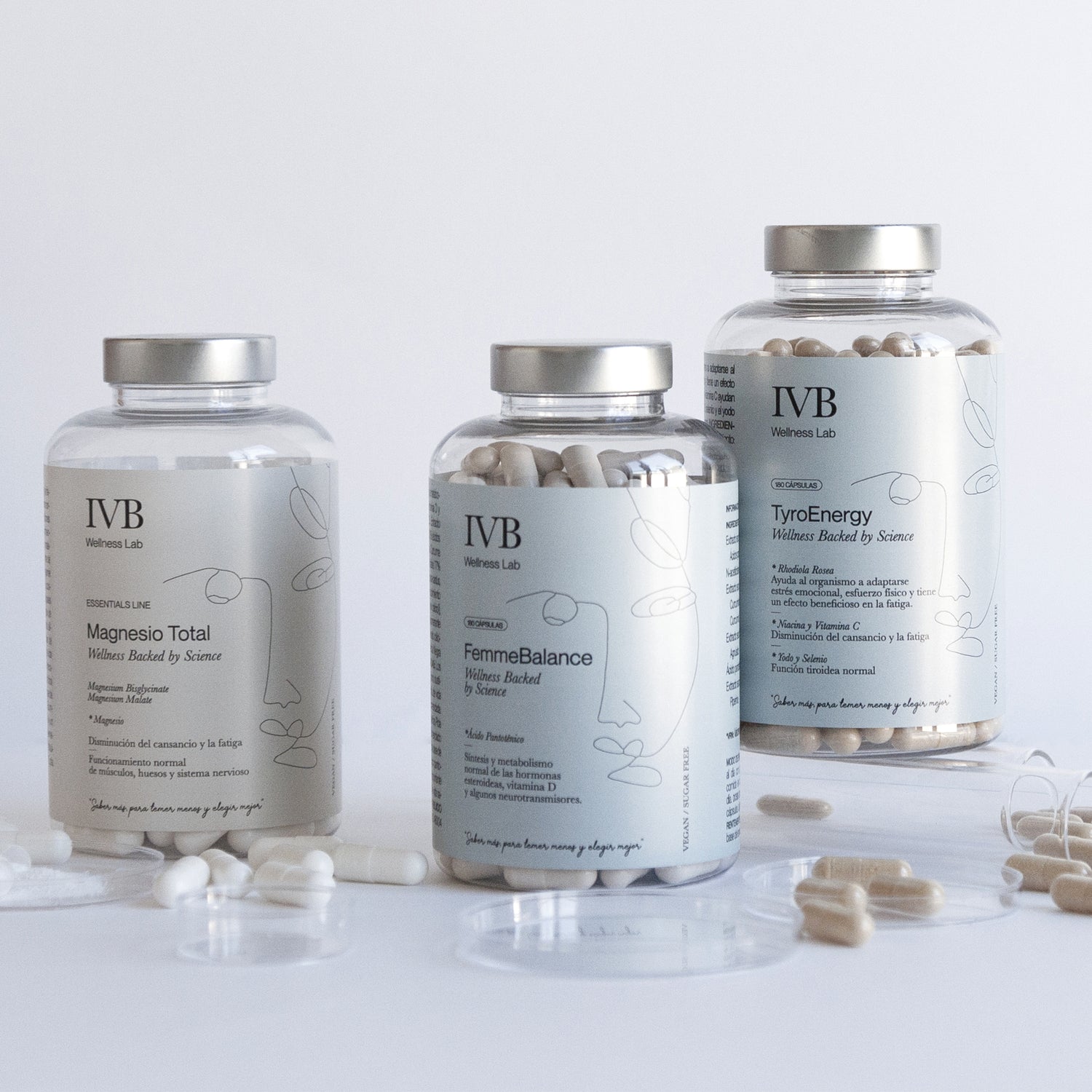What is creatine?
CreatineIt is synthesized from three amino acidsmain ones: arginine, glycine and methionine, in the liver, kidneys and pancreas.
Once produced, creatineIt is transported to the muscles, where it is stored mainly in the form of phosphocreatineDuring exercise, this moleculedonates a phosphate to regenerate ATP(adenosine triphosphate), the main energy currency of cells.
How does it work?
- Increased availability of phosphocreatine: Helps maintain ATP production during intense and brief efforts.
- Improved recovery: May reduce muscle damage and inflammation after exercise.
- Increase in fat-free mass: Promotes intracellular water retention and protein synthesis.
Benefits according to scientific evidence
Improved strength and power
A systematic review and meta-analysis by Branch in 2003 consistently shows that creatine supplementationincreases maximum strength(1RM)and muscle powerIn strength sports, an average improvement of between 5% and 15% is observed.
Increase in muscle mass
Another meta-analysis, this one by Lanhers et al. in 2017 which included 22 randomized controlled trials found that creatine,Combined with strength training, it significantly increases lean masscompared to placebo.
Improving performance in sprints and team sports
A clinical trial by Mujika et al. (2000) evaluated the effect of pure creatine supplementation (20 g/day for 6 days) on soccer players. They foundsignificant improvements in repeated sprinting ability and power output, confirming the benefit of creatine for sports that require intermittent high-intensity efforts.
Muscle recovery
In 2009, Cooke evaluated the effect of pure creatine on recovery from eccentric exercise-induced muscle damage. They found thatCreatine supplementation promoted faster recovery of strength and reduced perceived damagecompared to placebo.
Possible neuroprotective role
Some recent research explores theuse of creatine in neurodegenerative diseases and mental fatigue.Although promising, more conclusive studies are needed.


La creatina mejora la recuperación muscular y la inflamación tras el ejercicio
Favorece la retención de agua intracelular y la síntesis proteica




